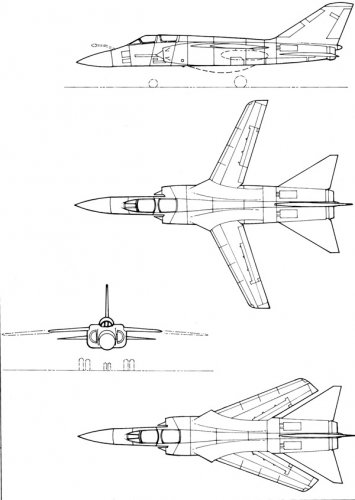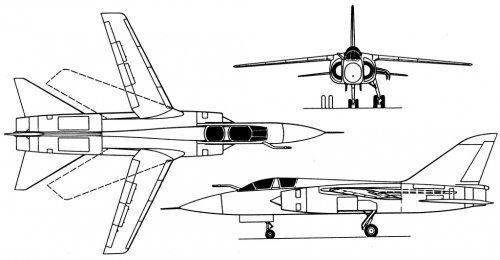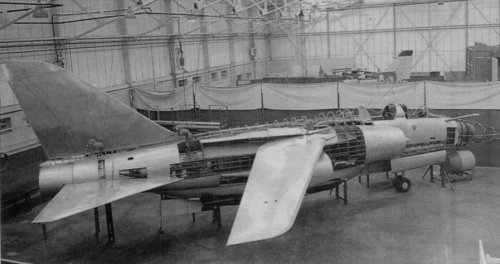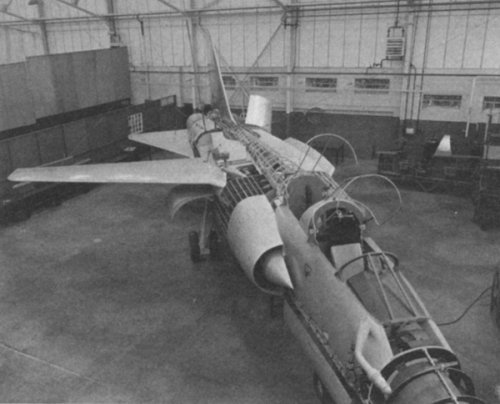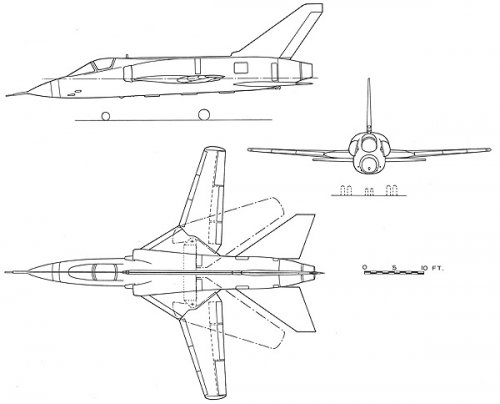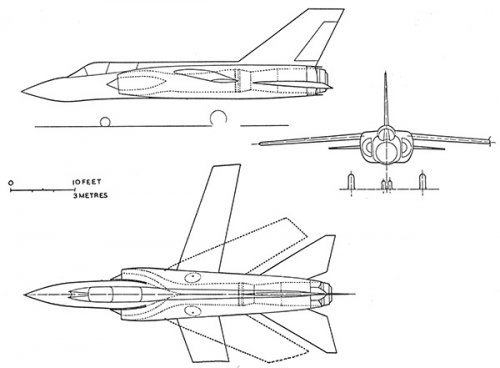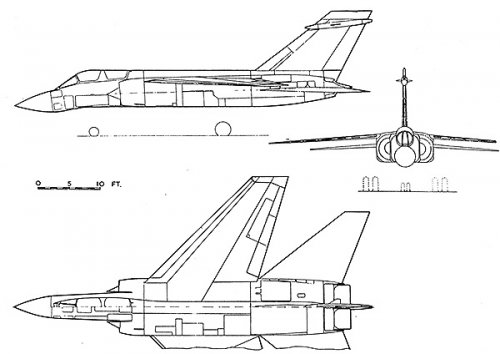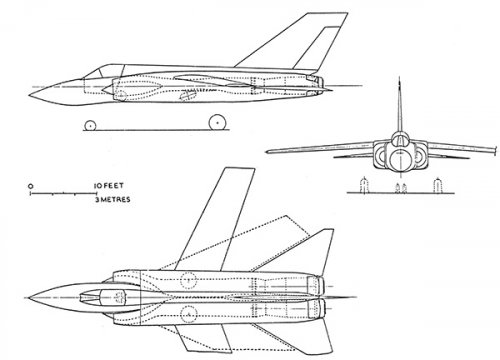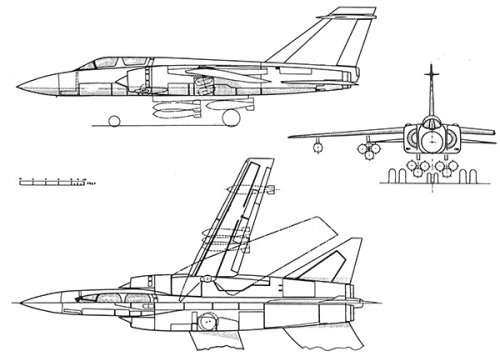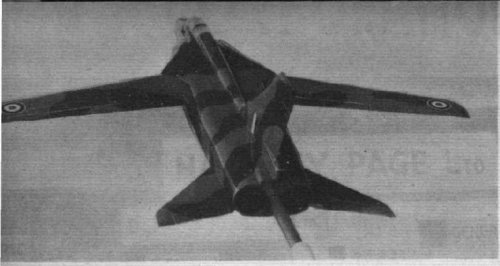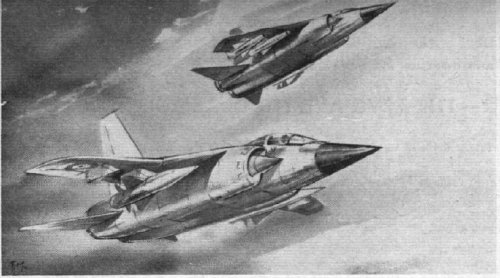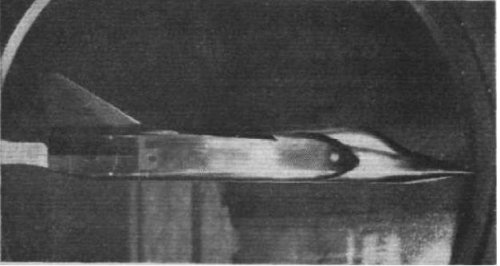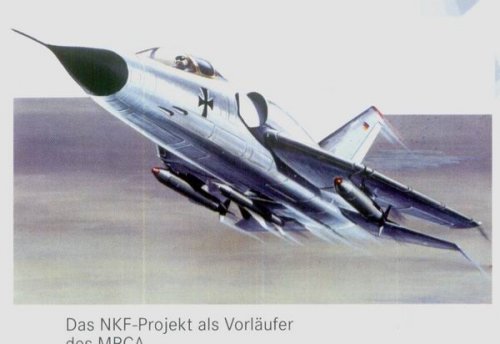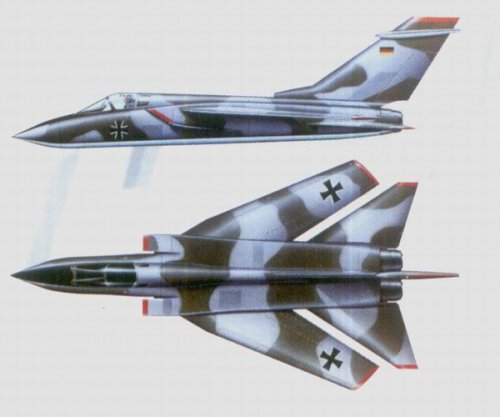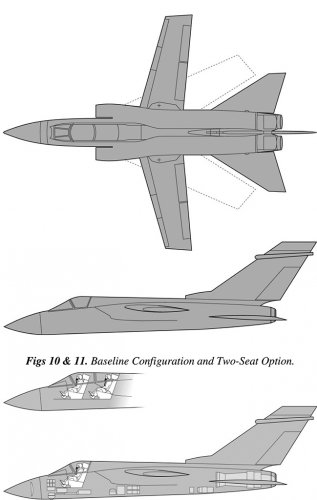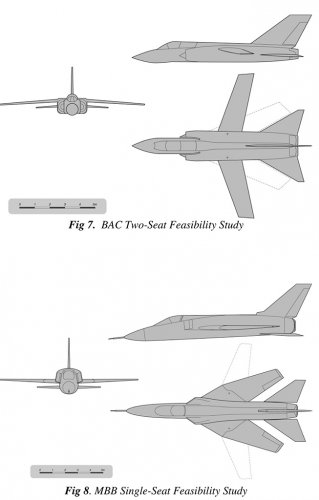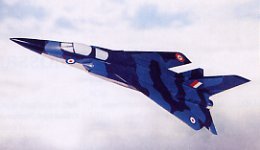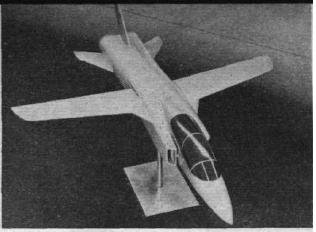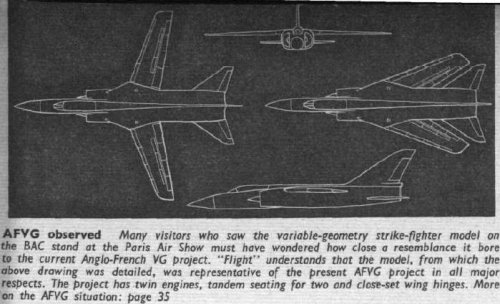- Joined
- 27 December 2005
- Messages
- 16,924
- Reaction score
- 21,798
AFVG
It was a joint Anglo-French project, with British Aerospace leading, for a post TSR.2 strike aircraft. France were never particularly interested in this project; it did however serve as a useful way of getting hold of UK VG technology, which was based on years of research. Note that the Mirage G adopted a number of AFVG design features.
Sources:
It was a joint Anglo-French project, with British Aerospace leading, for a post TSR.2 strike aircraft. France were never particularly interested in this project; it did however serve as a useful way of getting hold of UK VG technology, which was based on years of research. Note that the Mirage G adopted a number of AFVG design features.
Sources:
- Tony Buttler Secret Projects: Jet Bombers since 1945
- Derek Wood Project Cancelled
- Annals of the Polymorph, Air International

